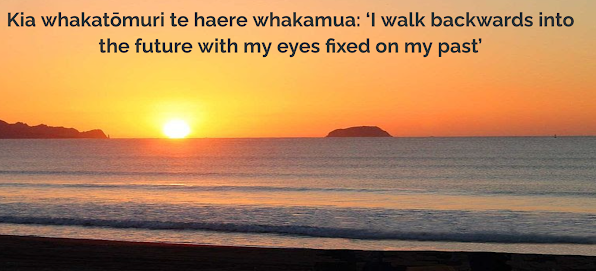As we plan for our term 1 staff meetings with a
Learn | Ako focus, I am reflecting on offerings from other educators on the WWW as they amplify their practice.
We live in a digital landscape which makes sharing and requesting very easy. With digital resources we can share and help each other.
When you learn, teach. When you get, give - Maya Angelou
There is a plethora of sites with digital offerings right across the curriculum spectrum. Buy oh! how do you sift through offerings such as "
50 of the Best Chrome Extensions for Teachers". I really don't have time to sift through these.
I do like lists like this on in a
Sheet from Eric Curts where you can use the control + F function to search the Sheet and get to what you want.
Locally we have a
Facebook group to share stuff that we find useful. Join us and share the good stuff you have. We also have a
Google + community for out Tairāwhiti cluster to share good stuff.
I have a long list of educators around the world that I glean all kinds of information from. This ranges from global education issues to specific Google sites that provide information about Google Apps. I subscribe to their blogs, follow them on Twitter and listen to podcasts and ma thankful for the material they provide for us all to use. Who do you follow or subscribe to?
Once you tame your twitter feed this is a a place to go to. Hashtags help sort the material. List of
edu #hashtags are available as a place to start. I use TweetDeck to help organise Twitter Feeds. I would be lost with out this.
Once we discover a source of material we then need to Cybersmart and use our critical thinking and literacies to determine whether the material is useful, reliable and/or applicable to our context.
One found you will then need a curation tool so you can find it when you need it. I use
Google Keep,
OneTab Chrome extension,
Toby Mini Chrome extension and Bookmarks in Chrome mainly.
In our term 1 staff meetings we have been exploring Manaiakalani
Class on Air episodes. If you want to see real teachers in action in real classrooms then this is the pace for you to go. The teachers document an extended plan which allows you to get inside their head and see how they have planned and reflected on lessons they teach and video for us to watch and learn from. This
Sheet lists all episodes. Hint: use the tabs at the bottom to explore categories and cntrl+F to find specific search terms. This shared resource really does amplify teaching practice.

















